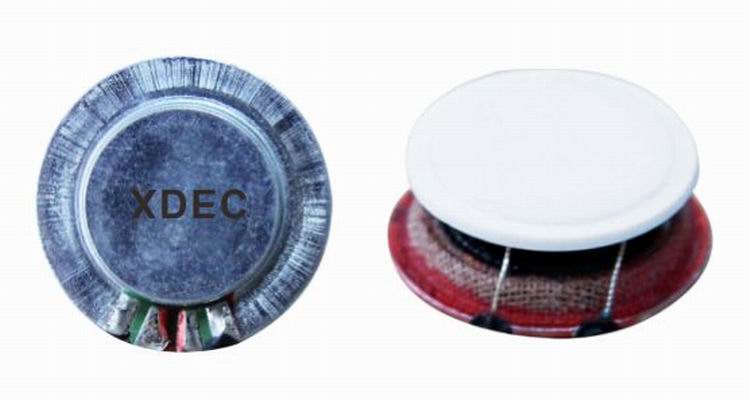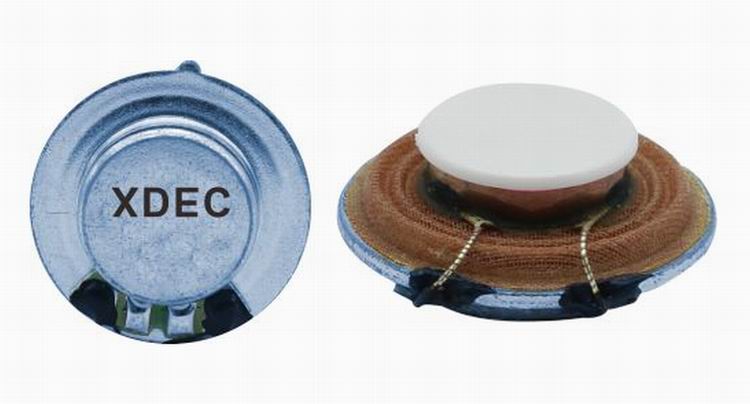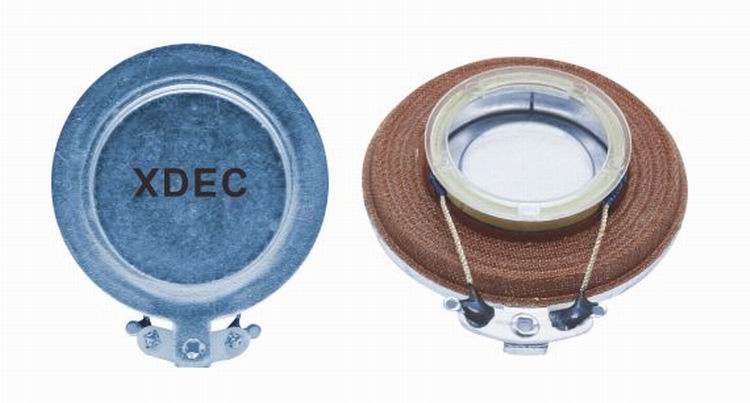Under the influence of European Industry 4.0 and Midea's smart factory planning, China's factories have begun to realize intelligent transformation. This change will also promote enterprises to adopt human-machine products and open up new applications for human-machine interface solutions. Generally speaking, China's man-machine interface will present three major development trends in the future.

Industry 4.0 promotes the application of human-machine interface in the future will present three major development trends
From the very beginning, plant data can only be provided on mobile devices, and now it can provide real-time data and actionable predictions for operators. The development of human-machine interface products in China has made progress. As an important tool to realize the intelligent transformation of the factory, the human-machine interface is also widely accepted in the industry. According to statistics, the market size of the human-machine interface in 2014 was 2.94 billion US dollars. It is estimated that by 2018, the figure will reach $3.6 billion.
The human-machine interface, also called HMI, refers to industrial control devices such as programmable logic controllers (PLCs), inverters, DC converters, meters, etc., which use display screens and input units (such as touch screens, keyboards, mice, etc.). A digital device that writes working parameters or inputs operational commands to enable human-machine information to interact.
The common human-machine interface products are composed of hardware and software. The hardware part includes the processor, display unit, input unit, communication interface, data storage unit, etc. The performance of the processor determines the performance of the HMI product. It is the core unit of HMI. The HMI software is generally divided into two parts, namely the system software running in the HMI hardware and the screen configuration software running under the Windows operating system of the PC.
The human-machine interface product has three basic functions of the device, including work status display (such as indicator light, button, text, graphic, curve, etc.); data, text input operation, print output production recipe storage, equipment production data record; simple logic And numerical operations can be connected to a variety of industrial control equipment networking.
With the development of computer and control technology, traditional industrial control technology has been gradually replaced by intelligent control technology. The development of intelligent industrial control system provides the strongest technical guarantee for the development of industrial field, and promotes the continuous innovation and development of enterprises. An effective way.
Some machinery industries, such as machine tools, textile machinery, electronic equipment, etc., also have the need for equipment upgrades. In view of this demand, the future man-machine interface will change in shape, concept, application and other aspects, which will bring about the revolution of the core technology of the industrial computer. In general, the human-machine interface will present three major development trends in the future:
Human-machine interface becomes an integral part of the user experienceThe human machine interface is at the forefront of the machine or process. With more advanced features and interaction built into the human machine interface, the user interface can better reflect the real experience of the machine or process. By adding appropriate visual and tactile effects, tomorrow's successful human-machine interface will enhance the concept of a human-machine interface solution from just a functional accessory to an integral part of the user experience.
Innovation based on modern best software technologyThe evolution of the human-machine interface is driven by software that continues to evolve based on high-quality, high-performance panel hardware. The same is true for the maintenance and development of the technology platform for human-machine interface solutions in the future. This will be reflected in the continued development of new features of the HMI software. Depending on proprietary technology or the technology of a small vendor, it's a way, but it's full of risks.
Through continuous new and service support, human-machine interface solutions based on similar technologies are likely to ensure that their tools are not lagging behind in the future, which is very important for OEMs who have long-term strategic planning for their own products and external suppliers. Willing to see.
Open platform architecture for the overall solutionThe human machine interface generally integrates the operation of the machine or process with the feedback from the operator. On the one hand is the quality of the graphical user interface and the associated availability. Another important aspect is the openness of the HMI solution. The open platform architecture of the future HMI solution will provide OEMs with a host of opportunities to enhance the visual, functional and connectivity of their applications, thereby enabling the emergence of unique products with great integrity.
In addition to these three major trends, under the influence of European Industry 4.0 and Midea's smart factory planning, our factories have begun to realize intelligent transformation. This change will also promote enterprises to adopt human-machine products and open up new solutions for human-machine interface solutions. Applications. In addition, real-time intelligence and big data analytics will revolutionize the future of human-machine interfaces.
Vibration speaker:
Vibration speaker is a kind of speaker unit which is made from vibration principle. It is also called resonance speaker. Vibration speakers have no diaphragms and also called exciters. They drive any solid plane surface they contact and made that surface sound, so people can have original sound from different materials. Vibration speakers have a special penetrability which traditional speakers don`t have. These kind of speakers are mainly used for digital audio speakers, music massage facilities and music treatment facilities.
Our main vibration speakers include:
1) From the diameter: we have speakers in diameter of 18mm ~ 44mm.
2) From the power output, we have speakers of 2W ~ 15W.



FAQ
Q1. What
is the MOQ?
XDEC: 2000pcs for one model.
Q2. What is the delivery lead time?
XDEC: 15 days for normal orders, 10 days for urgent orders.
Q3. What are the payment methods?
XDEC: T/T, PayPal, Western Union, Money Gram.
Q4. Can you offer samples for testing?
XDEC: Yes, we offer free samples.
Q5. How soon can you send samples?
XDEC: We can send samples in 3-5 days.
Vibration Speaker,Vibration Driver,Vibro Speaker,Vibration Bluetooth Wireless Speaker
Shenzhen Xuanda Electronics Co., Ltd. , https://www.xdecspeaker.com